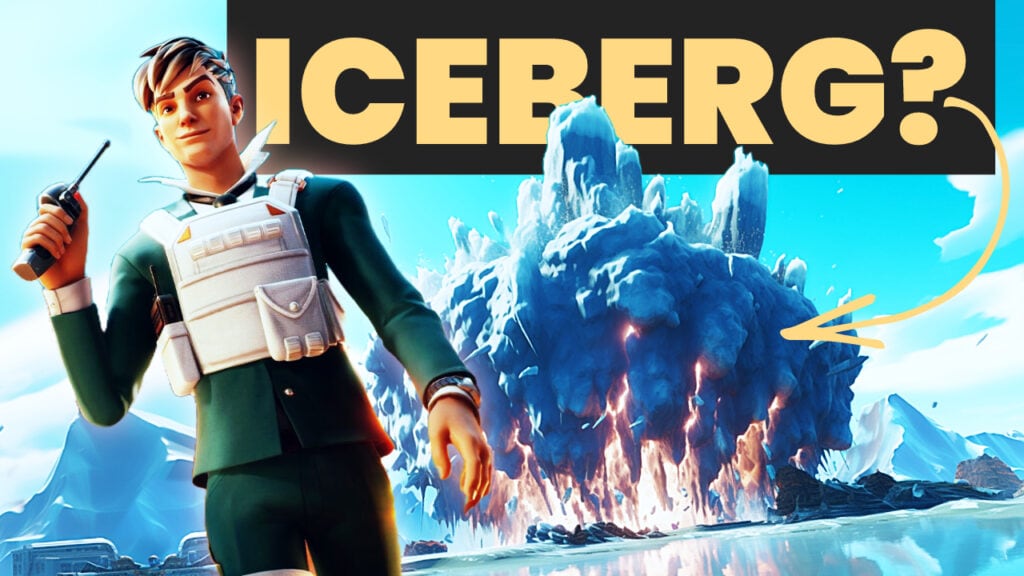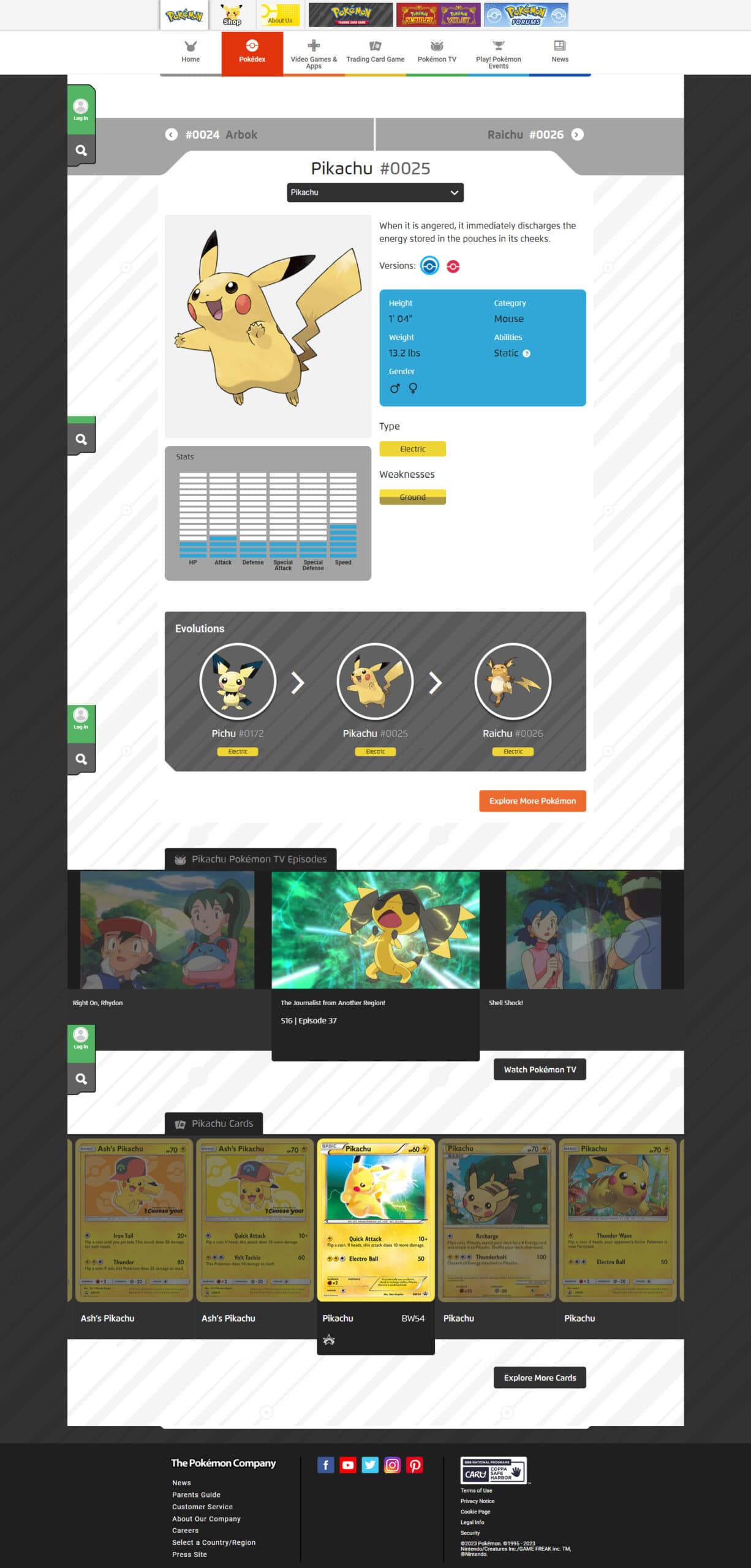Part 2 – Explorers & Artifacts (featuring Pokémon)

The year is 1996 and you are Pokémon…
A triad of companies soon to be known as “The Pokémon Company” — the owners and controllers of all Pokémon intellectual property — worldwide…
The Pokémon craze is in full swing in Japan.
Your Pocket Monsters Red, Green & Blue (Special Edition) RPG games have been released on the Game Boy selling over 1,600,000 copies in Japan.
And your Pocket Monster Trading Card Game has shipped over 87,000,000 cards in Japan….

But even with all this success you’re seeing, you have a problem…
You know Pokémon could be bigger than a just cultural phenomenon in Japan.
Pokémon is something that could be a global phenomenon…
But you need something to further fuel your franchise’s popularity — to take the world by storm.
You’re going to need to make the Pokémon World accessible on a grand scale — not just locked inside of the game and trading cards.
And you’re going to need more fans — hundreds of millions of more Fans…

So how are you going to engineer a wave of Fan Mania?
You’re going to have to build an Open World for Pokémon Fans using the Open Worldbuilding framework —
A strategy your partners at Nintendo are somewhat hesitant about…
But a strategy, that if pulled off correctly — would position you to control the entire world — not once, but twice.
Pokémon: The Video Game that Controlled the World… Twice
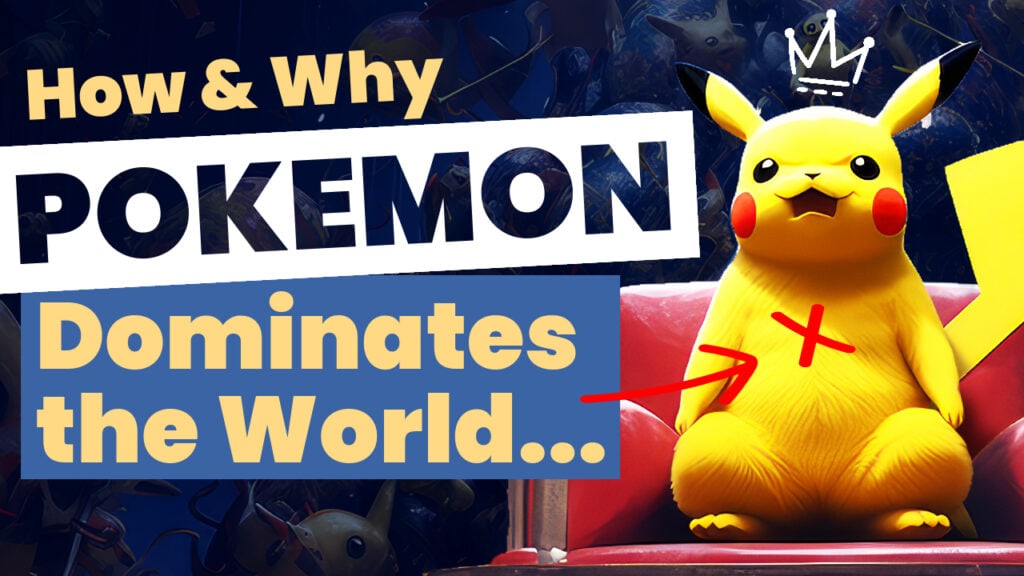
Chapter 1: More Artifacts
Open Worldbuilding is a simple framework for engineering your own rabbit holes using Artifacts to quickly immerse Explorers into your world…
It’s a solid strategy to create an Open World for Explorers to inhabit, rather than a Closed World.
In Closed Worlds, the only way to learn about, explore and get attached to your world is to buy a product — drastically limiting how many people will experience what you’ve built.
Closed Worldbuilding dramatically restricts your overall reach — which is the complete opposite of where you’re trying to take the Pokémon brand.

So in order to understand how to construct your Open World, you’ll need to have a solid understanding of:
- what Artifacts are
- how to use Artifacts and
- how Artifacts attract Explorers and turn them into Fans…
💡Artifacts are any elements existing in your Open World (i.e. characters, events, lore, weapons, books, movies, games, t-shirts, toys, etc.) that make your worlds more immersive for your Explorers.
And if there is any advantage you have at this point — it’s Artifacts.
You have lots of them:
- The main Trainer Ash — he’s an artifact
- Ash’s Hat — that’s an artifact
- The many bits of lore behind Pokémon Trainers — those are artifacts
- The Poke Ball — artifact
- The way Poke Balls interact with wild Pokémon…
- The way Poke Balls store caught Pokémon…
- The many variations of styles of Poke Balls — all are artifacts
- The 151 different Pokémon you have at the moment — each are different artifacts
- Each aspect of the Pokémon Lore — all artifacts
- Even the Pokédex — the digital encyclopedia for all Pokémon Trainers — its an artifact
We’ll dive into the power of the Pokédex artifact in a bit…

This is your key character designer and illustrator — Ken Sugimori’s original concept of a Poké Ball…
Even this drawing is an artifact…
Every detail — large or small — is an artifact!
Artifacts come in many shapes and sizes but generally fall under one of these six formats:
- Text
- Illustration
- Audio
- Animation
- Film
- Video Games
And each artifact adds value to your world — fueling your World and attracting more and more Explorers.
Chapter 2: More and More Explorers

💡Explorers are the people in the real world who inhabit your Open World. Some are long-term Fans. Some are first time visitors. They all have similar goals — inhabit amazing worlds.
If Artifacts add fuel to your world, Explorers are the sparks that light your world on fire!
Here’s how…
Your team will need to understand how to “Be the Guides” in your Pokémon Open World and guide Explorers through the 4 levels of being an Explorer:
- Wanderers
- Guests
- Fans
- Mega-Fans
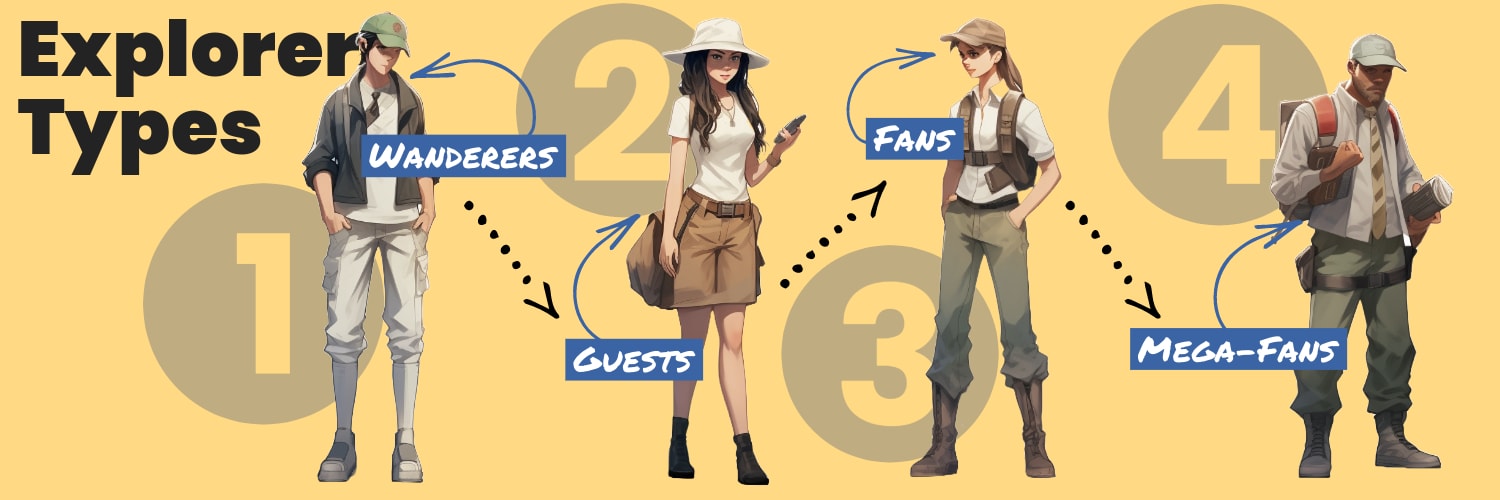
Every Explorer that inhabits your Open World is an Wanderer.
And many Wanderers upgrade themselves into Guests…
Guest are those who’ve joined your email list, provided their mobile number, signup for push notifications, etc.
And many of your Guests upgrade themselves into Fans and Mega-Fans…
Meaning they become paying customers…
And so…
Since you and the Pokémon brand have amassed such a massive library of Artifacts you are well positioned to attract a massive amount of new Explorers and potential Fans.
You just have to put these Artifacts out in the Open for Explorers to find and latch onto…
And this is where your big brain Open World idea comes into play…
Chapter 3: Pokémon Open World – Phase I

Let’s return to 1996…
You’re now 100% convinced at Pokémon’s iconic potential…
So much so, you’re campaigning to Nintendo and other partners of Pokémon to invest in building an Open World so Explorers can access the thousands of Pokémon artifacts for FREE and expand your Pokémon’s reach.
And you’re proposing to create these artifacts in an Anime format (aka Japanese-styled animation).
With an anime airing on Television, millions of Japanese children who haven’t yet played Pokémon (or don’t even know Pokémon exists) will have a chance to explore your Pokémon world one episode at a time!
You see…
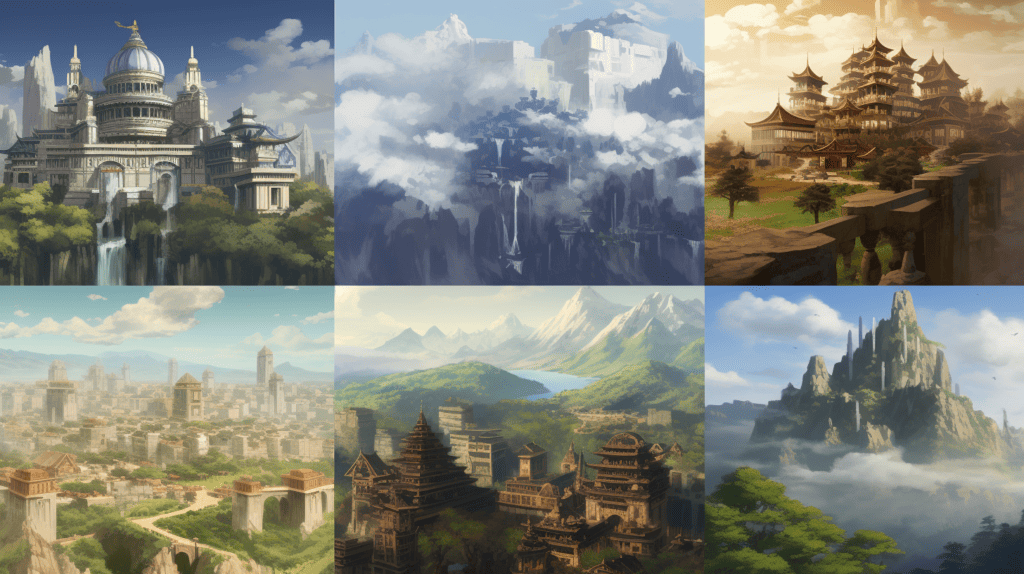
Anime can be an excellent form of Open Worldbuilding — although it’s usually an expensive endeavor.
This anime series qualifies as an Open World as long as it:
- Doesn’t require Explorers to buy your products to explore your episodes (aka Artifacts)
- Are equally accessible to Explorers and Fans
- Provide a “portal” into your World, its characters, stories and lore…
And your Pokémon Anime series meets all of these requirements!
The anime show would give current Fans and new Explorers a method of freely exploring and learning about the world of Pokémon — for Free via television…
The idea is simple…
The more FREE artifacts made available to audiences, the more Fans will be created — the more revenue will be made.
And each episode is packed with Artifacts — hundreds of them.
To make sure this anime is true to the Pokémon world, you require all the anime team members to play the Pokémon game.

You did have to make slight changes to the main characters “starter” Pokémon…
At the beginning of the game, players choose between of one of three Pokémon:
- Bulbasaur
- Charmander
- Squirtle
In order to not unfairly popularized any of these three your council decided they make a different Pokémon the icon of the show — Pikachu…
You figure Pikachu would appeal to more Explorers — both boys and girls and even the mothers of your viewers — which would explode Pokémon’s audience as planned…
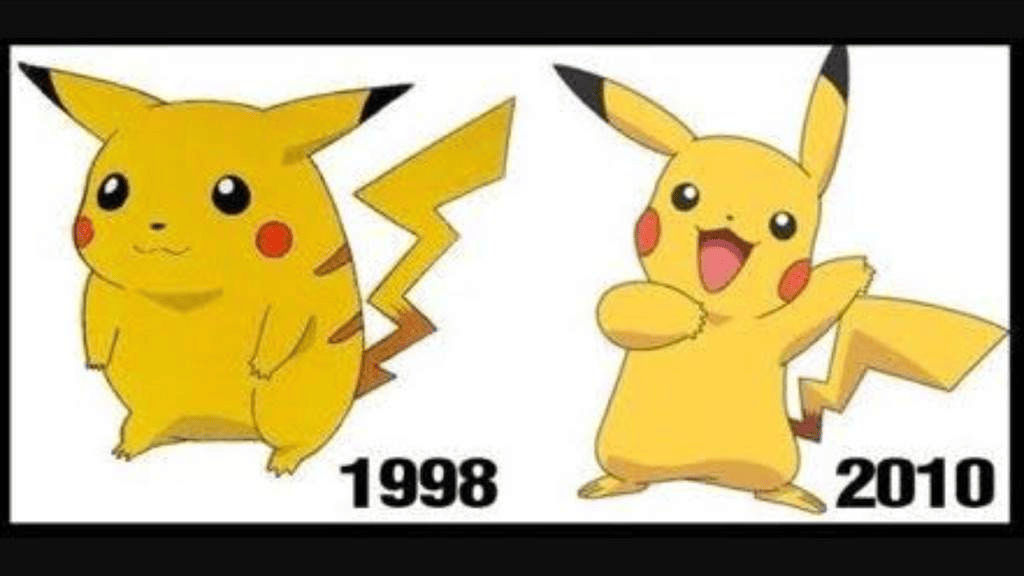
And boy did it cause an explosion indeed!
Skip to 1997 — By November, Pokémon had become the highest-rated program on TV Tokyo.
Pikachu is bringing in a greater percentage of girl Explorers to the Pokémon brand.
Pokémon card sales are skyrocketing from 87 million to 499,000,000 cards!
Your number of Explorers are growing around the clock and many of them are upgrading themselves to paying Fans at an alarming rate…
The Open World plan is working — Put more Artifacts in the Open and attract more Explorer — who’ll eventually become paying Fans…
But you’re just getting started…
You’re still not at a global Iconic level like Batman, Star Wars or even Mickey Mouse…
See…
Japan was just the testing grounds…
It’s time to take Pokémon on the road —time for international expansion…
Chapter 4: Pokémon Open World Phase II (USA)

Pokémon crossing into America from the Pacific ocean
The next phase is simple —
Take the success of Pokémon in Japan and replicate it America.
Back in Japan, Pokémon’s slogan was ポケモンゲットだぜー!”Get (the) Pokémon”.
But in America you came up with an even punchier slogan: “Gotta catch’em all!”” — a catchphrase that acts as an anthem to get Explorers to return to your world over and over again.

This worked like clockwork — since the act of catching all the Pokémon and becoming a Pokémon master is at the heart of Pokémon’s gameplay.
And so you do what any worldbuilder would do…
You cram the “Gotta Catch’em All” catchphrase into the 60 second theme song a whopping 15 times!
Now…
All this is fine and well — but for this expanded Open World to work, you’re going to need a major network player on your side.
In comes Warner Bros.
The year is now 1999 and you’re premiering your Open World Anime on Kids WB! — Warner Bros. children’s programming sector.

And the debut episode shatters network records, becoming the most watched premiere in Kids’ WB’s history!
Your Open World has officially expanded to the USA and is doing amazing numbers.
American Explorers — boy, girls and parents who previously never knew your Pokémon World existed are now hooked into the countless Pokémon Artifacts embedded in each episode — the stories, characters and lore of your world.
And what is soon to follow, is simply every worldbuilder’s dream come true…
Global Fan Mania…
Some are calling it Pokémon Fever…
Times and USA Today is calling it “Pokemania”…
Here’s Pikachu on the cover of The New Yorker making off with the bag in October 1999…

Toys, Movies, Trading Cards… the world cannot get enough of Pokémon:
Trading card numbers have completely flew off the charts…
By 2000 Fan Demand on Pokémon Trading Cards had skyrocketed, crossing the 4 Billion cards milestone!
Feature Films, more game releases and even more Toys are flying off the shelf faster than they can be put on the shelf.
There’s even Pokémon Jets…

Yep.
Jets…
Pokémon had officially taken over the world!
And your friends at Nintendo couldn’t be more happier — Pokémon has singlehandedly given them a 250% boost in revenue and doubled their stock prices!

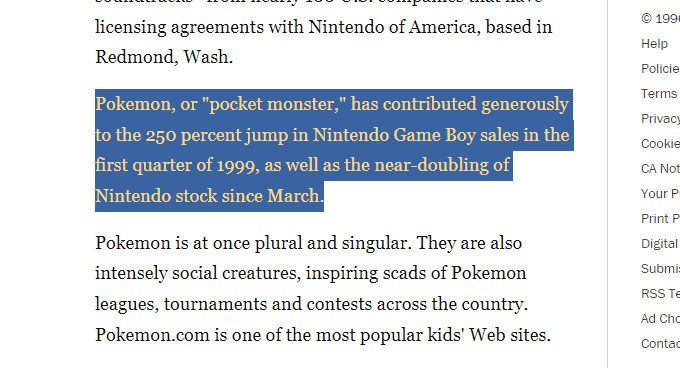
You managed to use Open Worldbuilding to spark a complete global movement that held strong for nearly three years.
The Pokémon mark had been etched into the minds of all the Explorers, Guests, Fans and Mega-Fans for years to come.
Open Worldbuilding works and you haven’t quit expanding your Pokémon Open World with more Artifacts that attract more Explorers…
The next big expansion happens a few years later.
Chapter 5: The Pokédex – Open World Phase III

It’s now 2010 and your Pokémon count has nearly quadrupled from 151 Pokémon to 493 Pokémon.
That’s when you decide to take advantage of this opportunity and transform one of your world’s most coveted Artifacts into a library of Open World Artifacts.
In the Pokémon World, a Pokédex is a portable encyclopedic device which players can use to keep track of the Pokémon they caught.
And ultimately — it’s a massive library of Pokémon Artifacts.
The idea of adding the Pokédex to your Open World creates even more avenues for Explorers to deeply and freely explore the world of Pokémon.
Though simple in idea and execution, it adds huge value to the Pokémon Open World, especially for Explorers who are new to Pokémon.
Unlocking the Pokédex is like unearthing a gold mine for Pokémon Explorers, rather new or Mega-Fans.
Now Explorers can have instant access to the basic information on every Pokémon — their Basic Vitals, Stats, Types and More…
SIDENOTE:
This is a great example of how worldbuilders can create their own Open Worlds without needing a big animation budget.
All you need is an affordable do-it-yourself no-code website and affordable AI image creators to build your own “Pokédex” for your world.
Over the next years, you continue to release more Pokémon Games and your Pokémon totals continue to amass…
You’re still producing Open World Anime to attract new Explorers and reveal new Pokémon and lore to Fans and Mega-Fans.
But…
Little did you know something more massive than anything you’ve experienced is coming down the pipeline…
And Open World so massive your Pokémon world would soon once again dominate the world…
And it all started from an April Fool’s Joke…
Chapter 6: Global Takeover 2 – Open World Phase IV
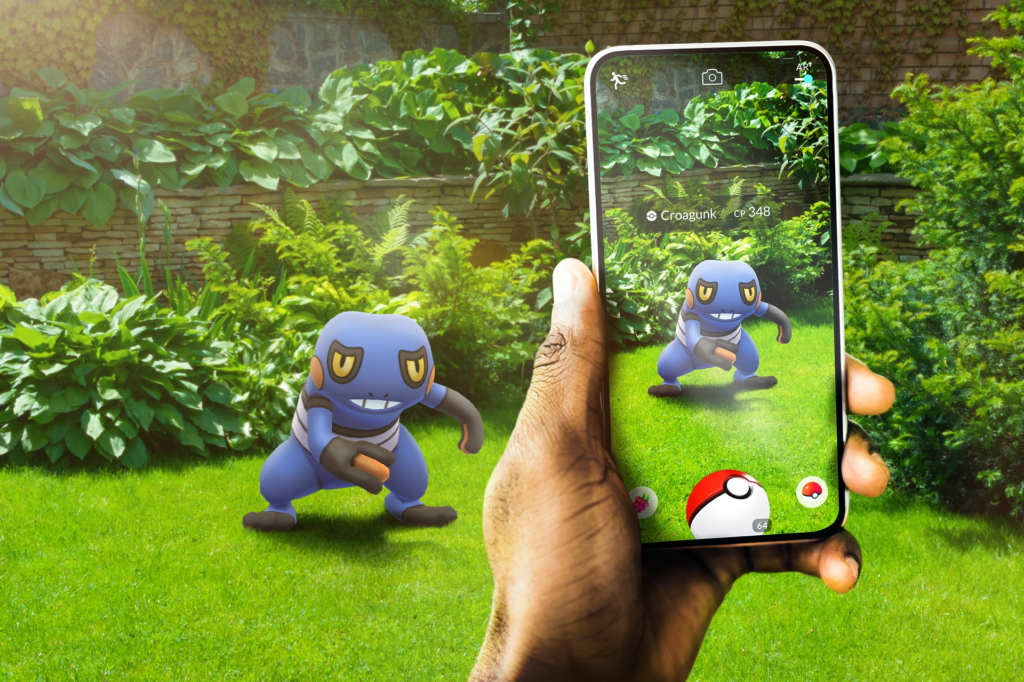
What started off as an Open World prank turned into another global phenomenon.
You partnered with Google to create a Google Maps app for iOS and Android that served as an April Fool’s Joke.
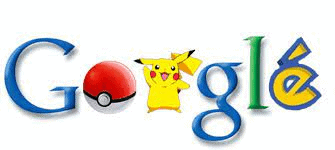
This app enabled users to find and catch Pokémon as they navigated the real world through Google Maps.
The prank went over so well with Explorers — you decide to push the concept to the limit…
And by 2016, you expand the Pokémon Open World into an augmented reality mobile app that’s completely free to download and play for all Explorers.
You call it — Pokémon Go.
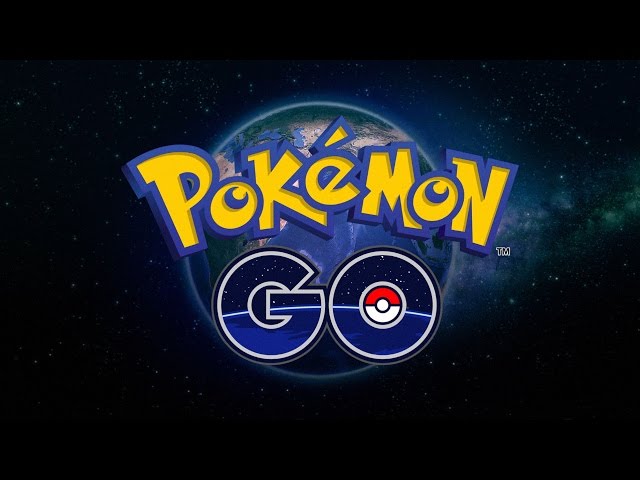
Pokémon Go utilizes an Explorer’s mobile device GPS to help them detect, catch, train and battle virtual Pokémon that seem to appear in the user’s actual physical location.
This expansion of the Pokémon Open World creates a new level of immersion never before experienced by Pokémon Explorers.
At this point Pokémon has 721 Pokémon Artifacts for Explorers to discover and interact with on a more immersive level — plus hundreds of other signature Pokémon Artifacts — like Pokémon Gyms, Lore and more.
On average, Explorers can create a completely customized avatar and capture their first Pokémon within 3 minutes of installing the app — all for FREE.

And at every turn, Pokémon Go strives to put Explorers IN the world of Pokémon, rather than just letting you interact WITH the world.
Explorers feels like they really ARE Pokémon trainers — not merely playing as trainers.
And by drawing Explorers into the Open World Pokémon Go app and making so many Pokémon Artifacts free to explore and interact with, you position yourself to make record shattering revenue from the a small collection of Product Artifacts.
You see…
Pokémon GO” offers in-app purchases like PokéCoins, gameplay items, storage upgrades, cosmetic items, and special discounted boxes.
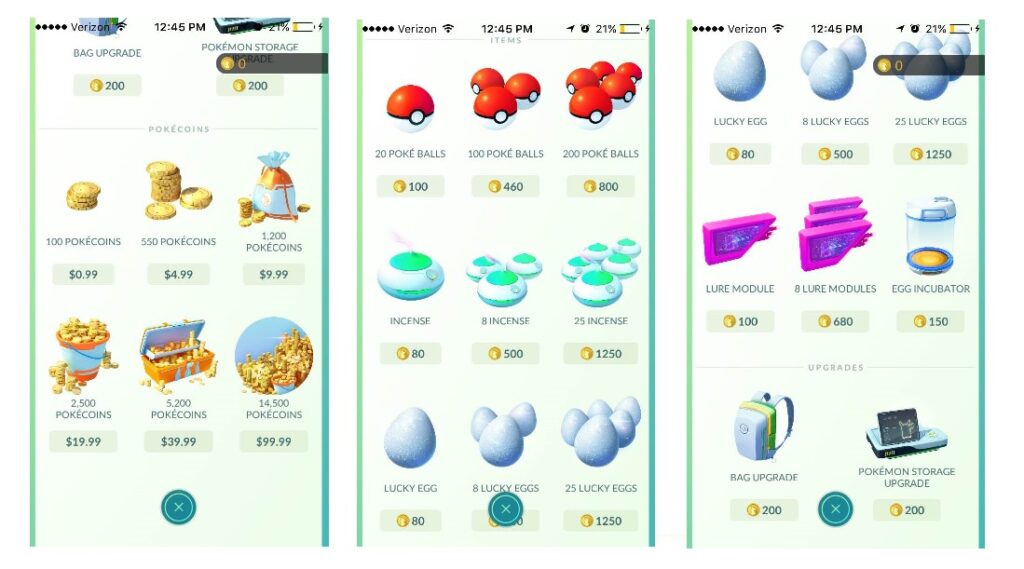
These purchases, combined with engaging gameplay, social interactions with other Explorers, content scarcity, avatar customization, and regular updates, have driven Explorers not only to spend their time — they spend their money…
When these Explorers receive so much “immersion-love” they feel dramatically less friction when given an opportunity to buy something from your world and upgrade to a Fan status.
And so enters Pokemania 2.
Once again you’ve engineered a second wave of Fan Mania!
Pokémon Go is an international smash hit — not because of the use of augmented reality…
But because of the ability for a new Explorer to quickly gain access to the entire world of Pokémon for FREE needing nothing more than an internet connection and the device they already own…
By September 30, the Pokémon Go had been downloaded 500 million times and had earned $470 million within 80 days, as reported by the market research company Newzoo.
And in just 90 days after its launch, Pokémon Go generated $600 million in revenue, setting a record as the quickest mobile game to achieve this feat…

The game singlehandedly garnered over 1 billion global downloads by 2019 and the $6 billion revenue milestone by 2020…
And Explorers couldn’t get enough of Pokémon Go — many became borderline obsessed…
This is the power of Open Worldbuilding and the key connections between Artifacts and Explorers.
The best part: Using Artifacts to attract Explorers is effective even with a no-or-low-budget Micro-World
Even if you don’t have the resources to build a massive augmented reality game or a multi-seasoned Anime series — you can still take advantage of Open Worldbuilding and Artifacts by building your Open World with the lower level formats (like Text, Illustrations and Audio)
In the future, we’ll dig into how this is accomplished with other Micro-Worlds…
For now, I want to make sure you get the concept of Artifacts and Explorers and how you can use one to attract the other in groves.

But Pokémon Go isn’t the only mobile app to use Open Worldbuilding to create a global Fan Mania…
There’s another game that uses an additional Open Worldbuilding concept to completely dwarf the success of Pokémon Go.
I’ll break down the framework in detail in the next part…
Coming Soon: Part III:
Fortnite Worldbuilders Ditched the Infamous Iceberg Method for This…
